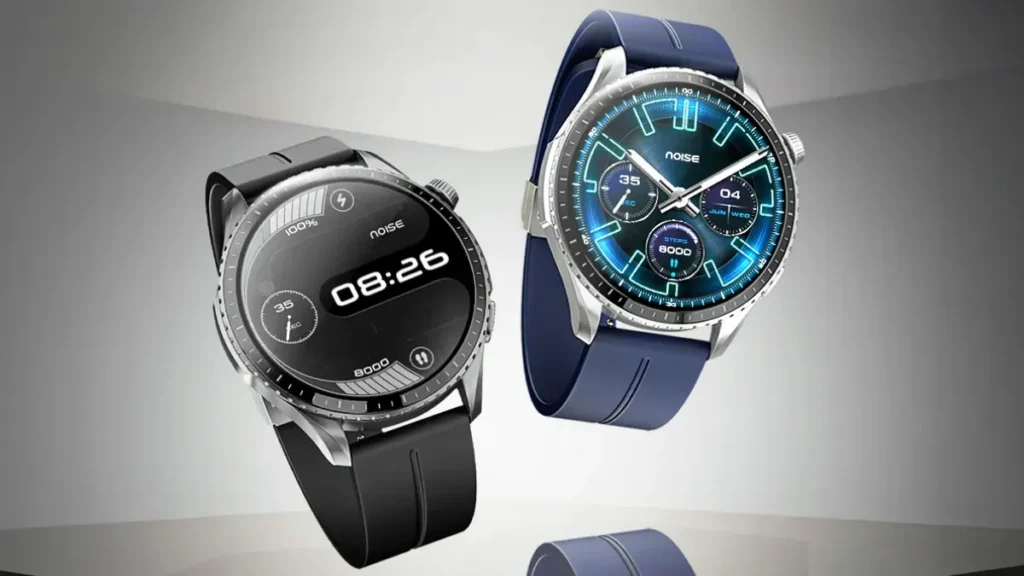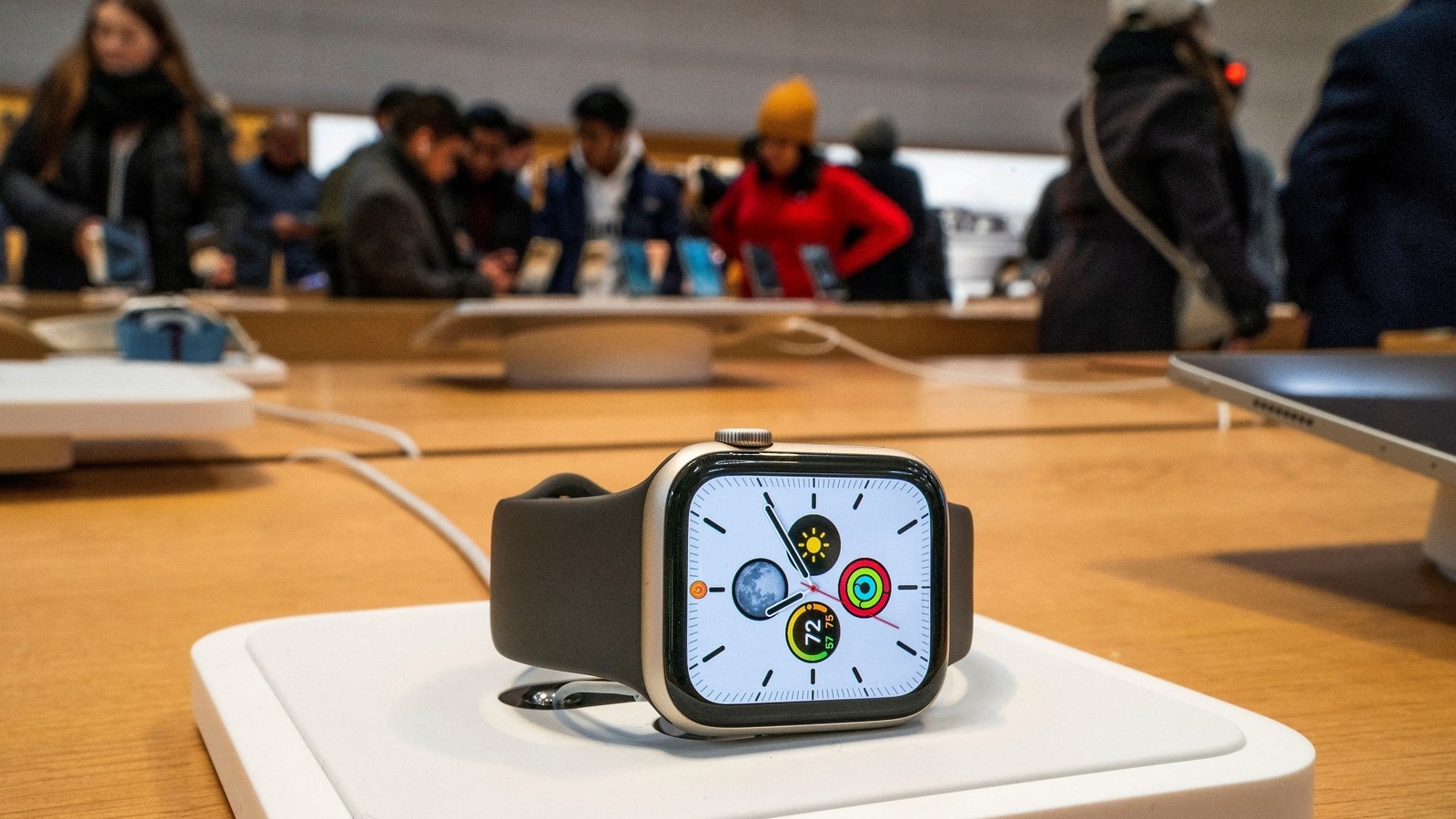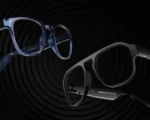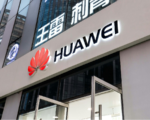In Q2 2024, India saw shipments of 29.5 million smart wearables, reflecting a 10% decline year-over-year.
The wearables market in India experienced its first-ever decline in the second quarter of 2024, according to the latest report from International Data Corporation (IDC). Shipments of smart wearables dropped by 10% year-over-year (YoY), totaling 29.5 million units. This decrease is a significant shift from previous growth trends in the Indian wearables market. The first half of 2024 also saw a decline, with shipments falling 4.7% to 55.1 million units compared to the same period in 2023.
The decline in shipments can be attributed to several factors. Vendors have been cautious with inventory stocking, focusing on clearing out existing stock before the busy festive season. Additionally, there have been fewer new product launches in the market, which may have contributed to the slowdown. This period of reduced activity contrasts sharply with the previous years’ growth and highlights a shift in market dynamics.
The IDC report details that wearable shipments in India decreased from 32.8 million units in Q2 2023 to 29.5 million units in Q2 2024. This includes a variety of wearables such as smart rings, smart glasses, smartwatches, wrist bands, and earphones, but excludes traditional analog and digital watches. The substantial drop in smartwatches, in particular, is a key factor in the overall market decline.

Smartwatch shipments saw a sharp decline of 27.4% YoY, falling to 9.3 million units in Q2 2024. This segment has traditionally been a major driver of the wearables market, so the decline in smartwatch sales has a significant impact. Among smartwatch brands, Noise led with the largest market share at 25.7%, followed by Fire-Boltt and Boat with 24.2% and 11.6% shares, respectively.
The overall drop in shipments reflects a period of transition for the Indian wearables market. Vendors are likely adjusting their strategies in response to these changes, which could involve new product developments or shifts in marketing tactics to stimulate demand. As the market adapts to these conditions, it will be crucial to monitor how these adjustments influence future trends and consumer behavior.
The wearables market in India remains a dynamic and evolving space. Despite the current decline, the sector’s long-term prospects will depend on factors such as innovation, consumer preferences, and economic conditions. As the market recovers from this downturn, the introduction of new technologies and products could play a pivotal role in driving future growth.


















